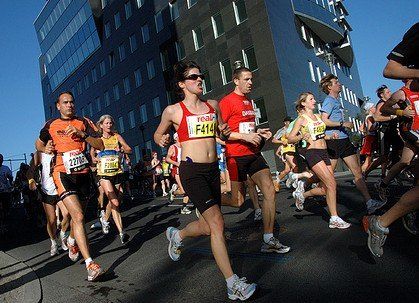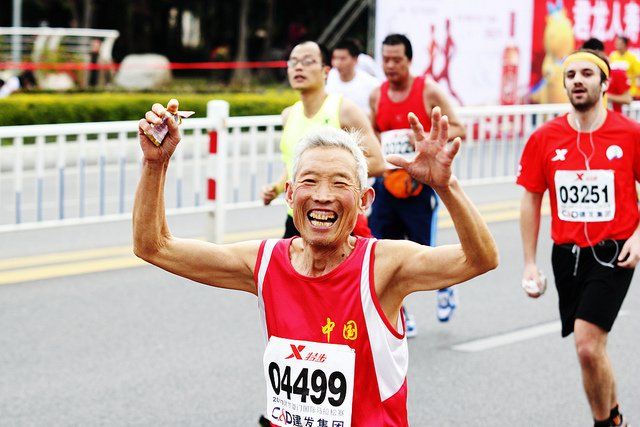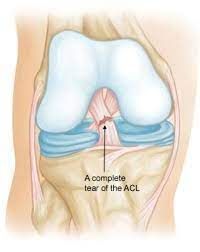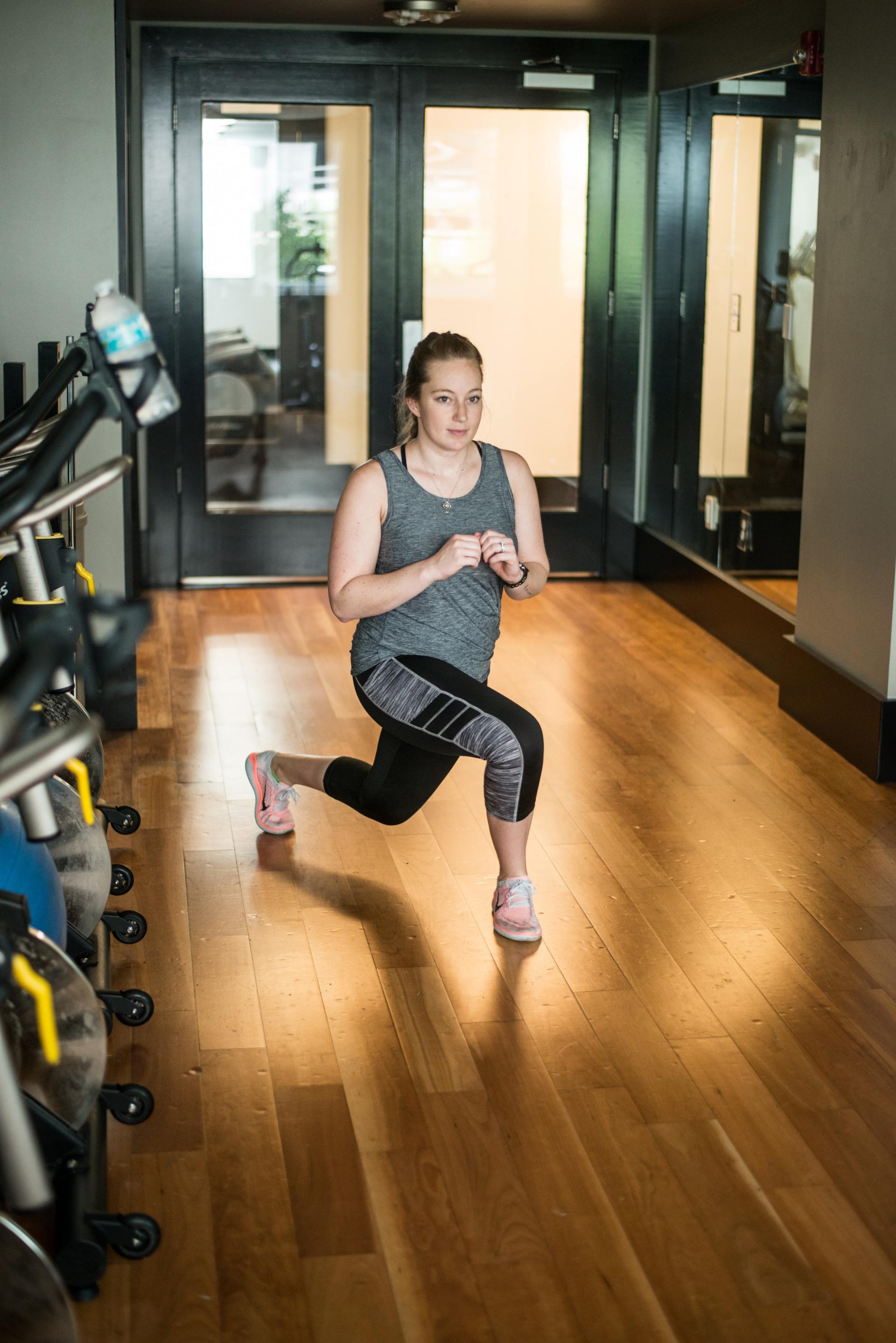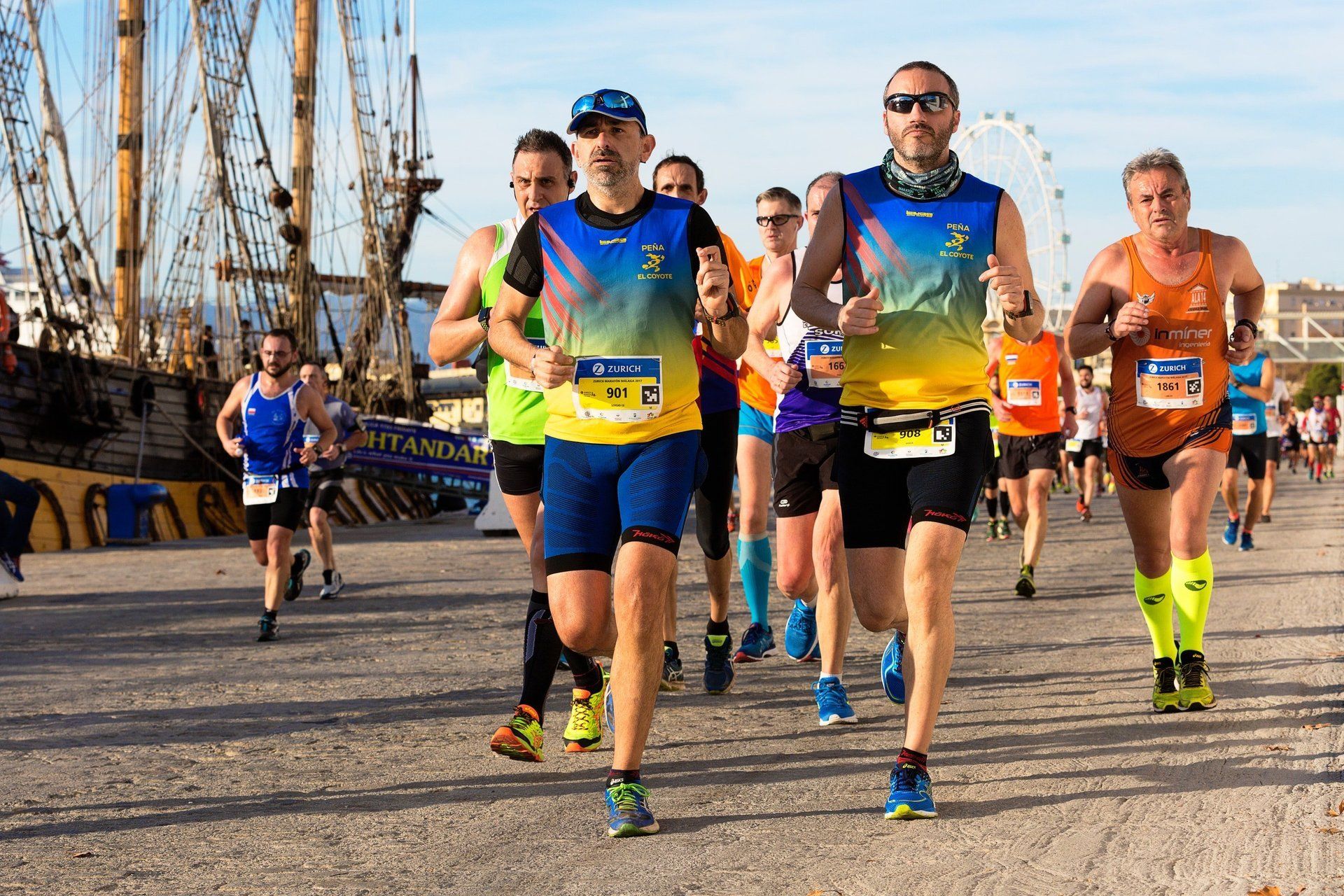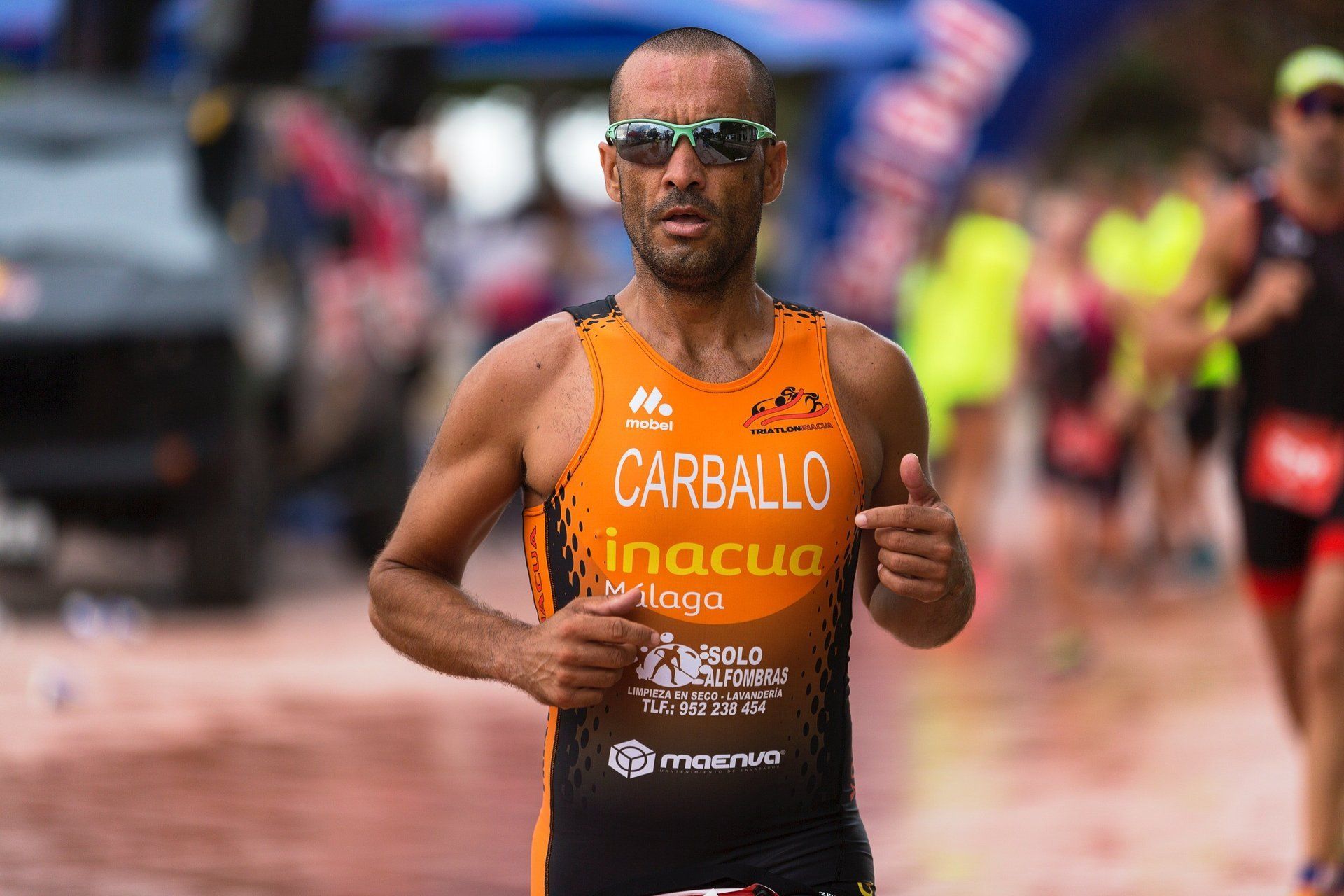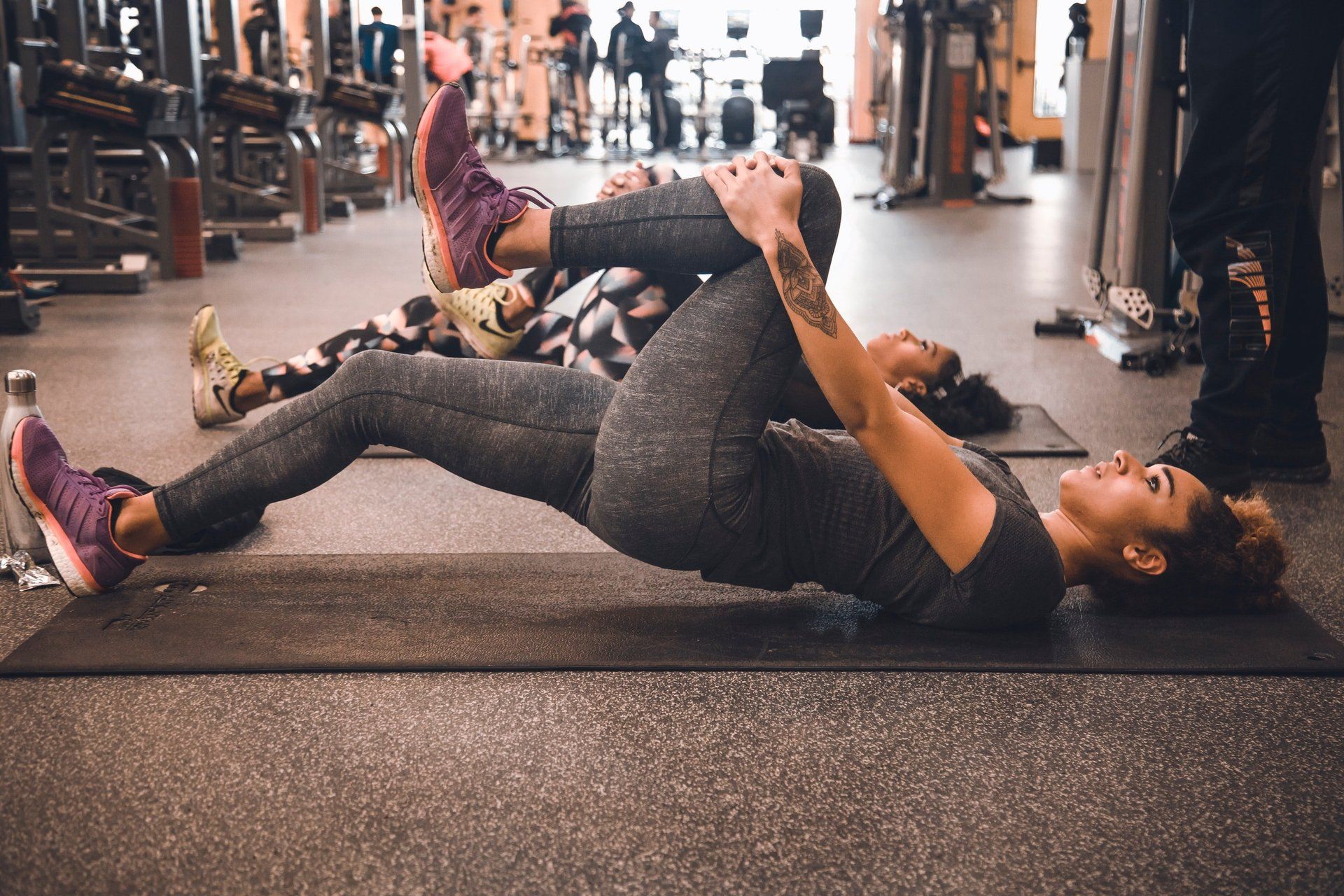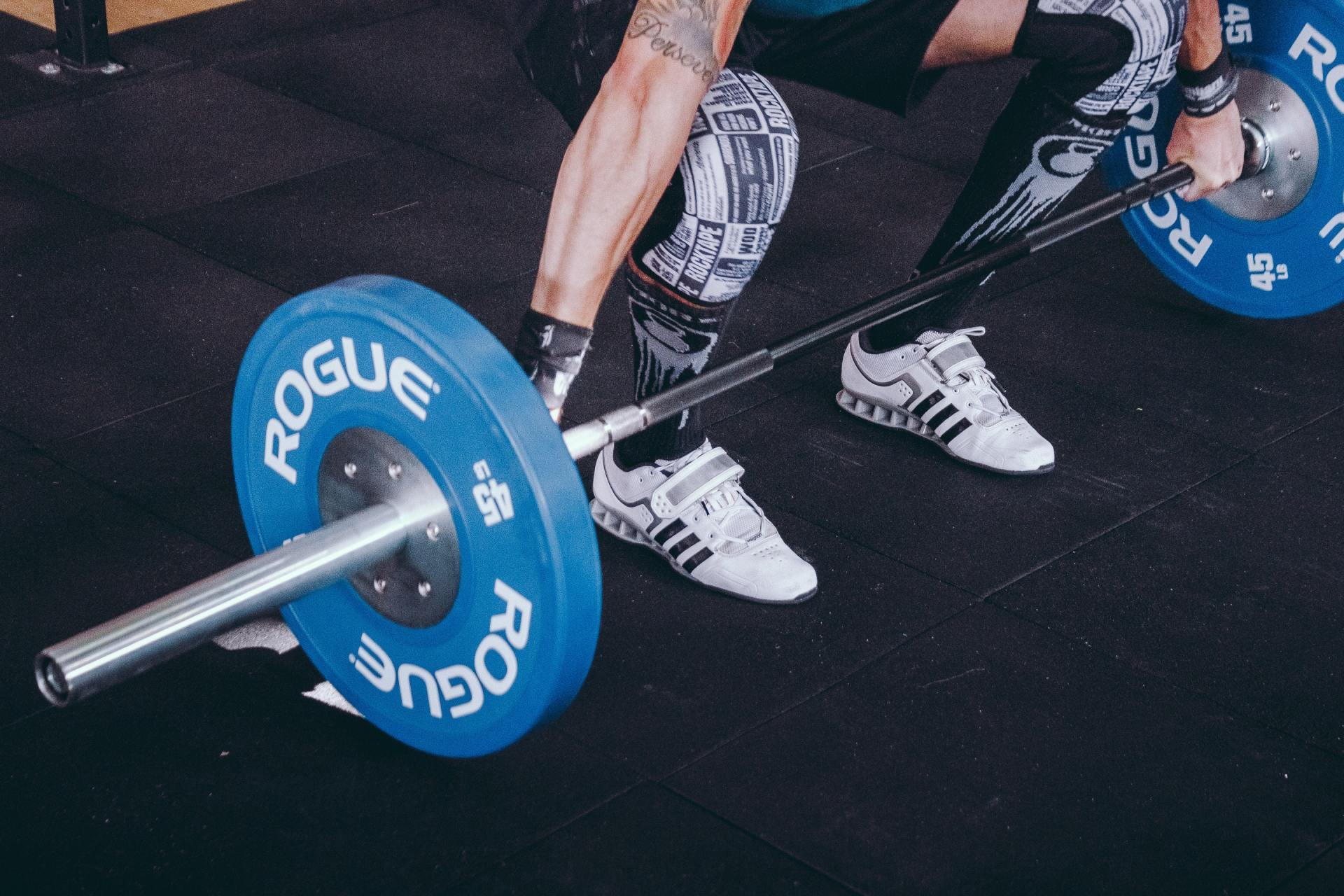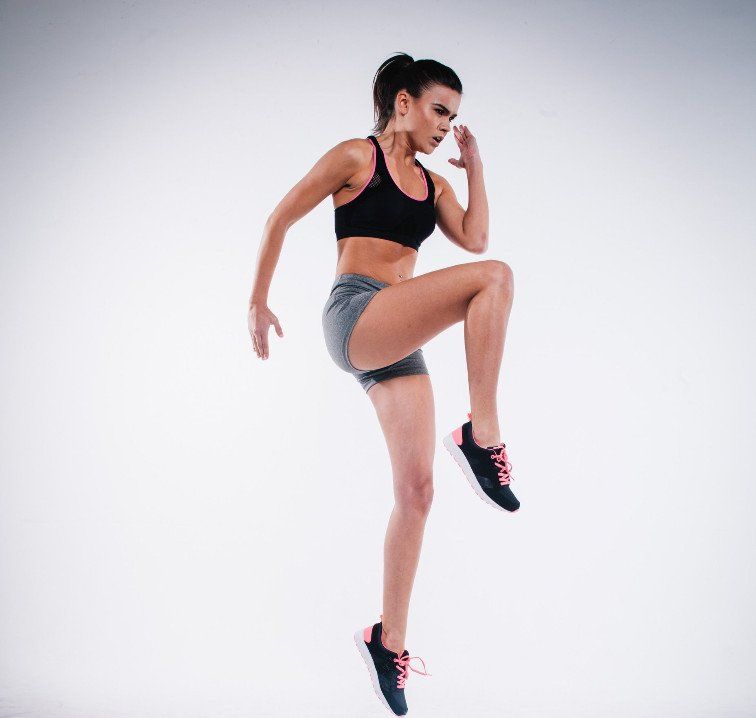
Apache Brave Sports Therapy
Mobile Sports Massage
Personal Training
Coventry | Warwickshire
Improving Motivation for Marathon runners
Becoming a better runner
The definition of motivation is that which gives the impetus to behaviour by arousing, sustaining and directing it towards the successful attainment of goals. Abraham Maslow (1954) proposed that we all have a hierarchy of needs, the most basic being physiological needs such as food, and the highest needs being those related to self-fulfillment. Motivation directs behaviour – it organizes behaviour towards a particular goal state. It maintains behaviour until that goal is achieved.
The marathon is a long-distance running event with an official distance of 26 miles and 385 yards that is usually run as a road race. The marathon was one of the original modern Olympic events in 1896, though the distance did not become standardized until 1921. More than 500 marathons are contested throughout the world each year, with the vast majority of competitors being recreational athletes. Larger marathons can have tens of thousands of participants.
Why do people take up marathon running? Sport medicine physician Dr Jack Taunton (2006) recognized that an increasing number of athletes use the marathon to start a regular exercise programme. However more experienced runners will have different reasons that are more psychological than physiological. Individuals who engage in marathon running for the first time compared with experienced runners will, for example, differ in their reasons for participating.
Previous investigators have explored the development of motives for participation with runners using retrospective self-report methods. For example, Carmack and Martens (1979) studied 250 non-marathon runners who were recruited at various locations and events throughout Illinois and Indiana. The subjects completed questionnaires that inquired about their reasons for running, outcomes of running, commitment to running, training practices, and demographics. The investigators found that serious runners tended to de-emphasize physical health as a reason for running, and instead, placed increasing emphasis on psychological reasons.
In another self-report, retrospective study Johnsgard (1985) asked a large sample of readers of a running magazine, and a second sample of runners over age 50 years why they began running and why they continue to run. He found that both groups indicated a shift toward psychological factors and away from fitness and weight control, although fitness remained the top ranked reason.
Many different theoretical perspectives acknowledge that the factors which motivate someone to initiate an activity are often different from the factors which motivate the individual to maintain or continue to engage in the behaviour. Researchers in the area of exercise have been especially receptive to this position, in part because of the high drop out rate among those who begin an exercise program. Martin and Dubbert (1982) noted that between 50 and 70% of individuals who begin an exercise program drop out within 12 to 24 months. Dishman (1986) has similarly noted that about 40 to 50% drop out within the first 6 months. Lee and Owen (1986) have examined this problem from a number of perspectives, including the cognitive-behavioural and social psychological. They noted that behaviour change is a process which occurs in a series of stages. Consequently, from a behavioural view, early reinforcement contingencies that influence behaviour change may lose their effect as the individual moves from the acquisition to maintenance stage.
Along these lines, Shepherd (1985) has proposed that exercise programs be designed to initially maximize external reinforcement until the preliminary discomfort experienced by exercising individuals has subsided. Subsequently these exercisers will become motivated by internal rewards that are inherent in the exercise itself. Kasimatis, Langston and Clark (1992) and Sonstroem (1988) have reported other process models that rely more heavily on cognitive variables to explain exercise initiation and maintenance. What these approaches have in common is the position that the motivation for exercising changes throughout the individual's particular exercise history.
Can looking at the trait personality of a runner help in the motivation for a marathon? Trait theories propose that personality can be described in terms of a limited number of traits which we all have, but to varying degrees. These traits are long lasting and stable; they cause us to behave in characteristic ways. They are therefore frequently evident in the individual’s behaviour, and knowing these traits will enable us to explain and predict that person’s behaviour.
Hans Eysenck (1982) proposed from his research that there are a considerable number of personality traits which, because they are related to each other, can be grouped together in two ways. One of these groups is called extrovert –introvert dimensions (called E): - Eysenck argues that human beings seek to maintain a level of stimulation or activation which is comfortable for them. Activation is directed by the reticular activation system (the RAS). However, the level of activation which the individual finds comfortable varies from person to person. This variation is identified in the E dimension.
- Extrovert
Biological basis:RAS dampens down incoming information so the individual seeks additional stimulation in order to maintain a comfortable level of activation.
Characteristics:Becomes bored more quickly, is less responsive to pain, seeks change and excitement, and is poor at tasks requiring concentration.
- Introvert
Biological basis:RAS amplifies incoming information so the individual prefers low levels of stimulation in order to avoid excessive activation.
Characteristics:Does not seek excitement, prefers calm and quiet, dislikes the unexpected, prefers order, is good at tasks requiring concentration
Stable – neurotic dimension (called N): Eysenck’s N dimension is associated with emotionality. Its physiological basis is the autonomic nervous system (the ANS), in particular how rapidly the autonomic nervous system responds to stressful situations.
- Stable
Characteristics:Even-tempered emotional stable easy going.
- Neurotic
Characteristics:Restless, excitable, anxious
What is the use of Eysenck’s theory and relevance of this dimension to marathon running? On the E dimension, introverts were found to be well-represented amongst distance runners. Eysenck also claims that people scoring at the stable end of the N dimension were more likely to be found amongst athletes than amongst the general population.
For those runners who are attempting their first marathon, Grete Waitz (2007) suggests that they do their homework fully before starting and training. She continues to say that planning your training with the incentives of finding a marathon to run. Enter an event with friends or a running group will further motivate you. Choose a cause to run for like a charity. All these factors will help you step out of the door on a cold and dark night. Set these philosophies in stone. As a first time marathon runner your goal is the finish line. The clock is not your motivation; its only there to make you stay on pace
Using goal setting can be an effective way of motivation. Runners must also know when the goal has been achieved, which is why the goal must be specific and measurable. These principles can be used by marathon runners using the acronym SCCAMP; specific, controllable, challenging, attainable, measurable and personal.
Imagery is another way of motivation. Athletes who speak of visualisation, mental rehearsal, imagery or mental practice are all referring to the process of creating an experience in the mind – of imagining something. Imagery can be used to experience many aspects of skill learning and sports performance.
Thoughts of crossing the finishing line triumphantly can help you through tough races, workout and training runs; they can not do it all, especially when the race is far in the future. Using the SCCAMP as described earlier; taking a progressive approach to training helps to motivate, because you are able to continually see positive results from your efforts. Reaching different goals along the way will keep you motivated to reach a new goal that is lightly more challenging and thus push you towards your final goal of the marathon finish line.
Other ways to keep motivated and stay motivated can be the use of self-talk. Self-talk refers to the conversations we have with ourselves. These conversations can help us to monitor or direct out thoughts and actions. In self-talk we are interpreting events for ourselves. It is how we interpret these events which is the crucial factor, and will effect our concentration, muscle tension and motivation. How can we change self-talk from negative to positive? Two widely used strategies are:
- Thought stopping: stopping negative thought as soon as it occurs, and refocusing your attention on what is important. Using the word “stop” can help to prevent negative thought from taking over.
- Substitution: changing negative into positive thoughts so that you see the circumstances in a more positive way.
Positive self-talk can help improve performance and motivation by helping to;
- Remind ourselves of a key element in a new skill
- Break a bad habit: “stop”
- Motivate ourselves: “hang in there”
- Concentrate
- Reduce arousal
- Reinterpret negative events in a positive way
Once a marathon runner has completed a marathon their goals will have changed from either getting fitter or losing weight to one of self fulfilment. An experienced runner will set goals on trying to better themselves.
Bandura (1977b) proposed that as people learn they can master things they develop a feeling of self-efficacy, the expectation that they will be competent and successful in a particular task. Bandura (1982) found that those with high levels of self-efficacy try harder and persist longer, but those low in self-efficacy give up in the face of difficulty. Bandura suggest that expectations of efficacy are the major reasons for our choice of activity, the amount of effort we put into it and the degree of persistence we show. Bandura proposed that self-efficacy comes from four sources, these sources are:
- Past performance: Previous experiences provide information from which self-efficacy develops.
- Vicarious experiences: means watching others successfully perform the task, and called modelling.
- Verbal persuasion: encouraging performers to think they can do the task.
- Arousal: the way the performers interpret the arousal they feel will affect their feelings of confidence. Bandura (1977b) argues that what matters is the runners’ interpretation of the arousal in terms of their own performance.
Conclusion
There are many tools in which we can use to help and keep motivated, imagery, positive self-talk and self-efficacy will all lead to confidence within the world of marathon running. Having a progressive training plan with selected goals; can help achieve and encourage the runner that they are on the right course and help complete their marathon. For example, the results of this study imply that adherence to exercise may be enhanced if initial efforts are directed toward psychological variables. These could include careful and flexible goal setting and talking to participants about exercise as part of a healthy philosophy of life. Then the introduction of social reinforces that would facilitate the acquisition of an identity based on the activity being performed. Examples include public rewards for achieving certain milestones, announcements in publications, and the awarding of trophies/medals and t-shirts displaying emblems or logos that identify the wearer as a particular type of exerciser. The development of perceived and actual competence is also important throughout and must be considered at each phase of their training. As the marathon runner develops their fitness and becomes more efficient at running their psychological direction must focus towards internal self fulfilment. They still need to use the principals they first used when training for their first marathon (SCCAMP) to be motivated to complete each training session and finish every marathon, but their goal and motivation will be to better a previous time or finishing position and improving performance. Cognitive factors, such as attention or imagery, as well as ideas from learning theory, such as reinforcement have to be considered to help motivation. When runners lose interest they need to discover what attributions they make, in order to help them change their perceptions. Self-efficacy is a key factor in maintaining participation and improving performance; techniques such as goal setting and positive self-talk, along with other factors will help to develop self-efficacy and in turn motivation.
Richard Watson
Sports Therapist

Sports Massage
Personal Training
Posture Analysis
Corrective Exercises
Neck & Shoulder Pain | Lower Back
Knee and Leg Pain | Sciatica
Muscle stiffness | Groin and Hip Pain
Post Training Tightness | Non-Sports Injuries. and more...
Mobile Personal Fitness & Local Sports Massage Treatments near you:
Coventry, Kenilworth,
Leamington Spa, Warwick,
Balsall Common, Meridan,
Binley Woods, Tile Hill, Eastern Green,
Warwickshire and more
